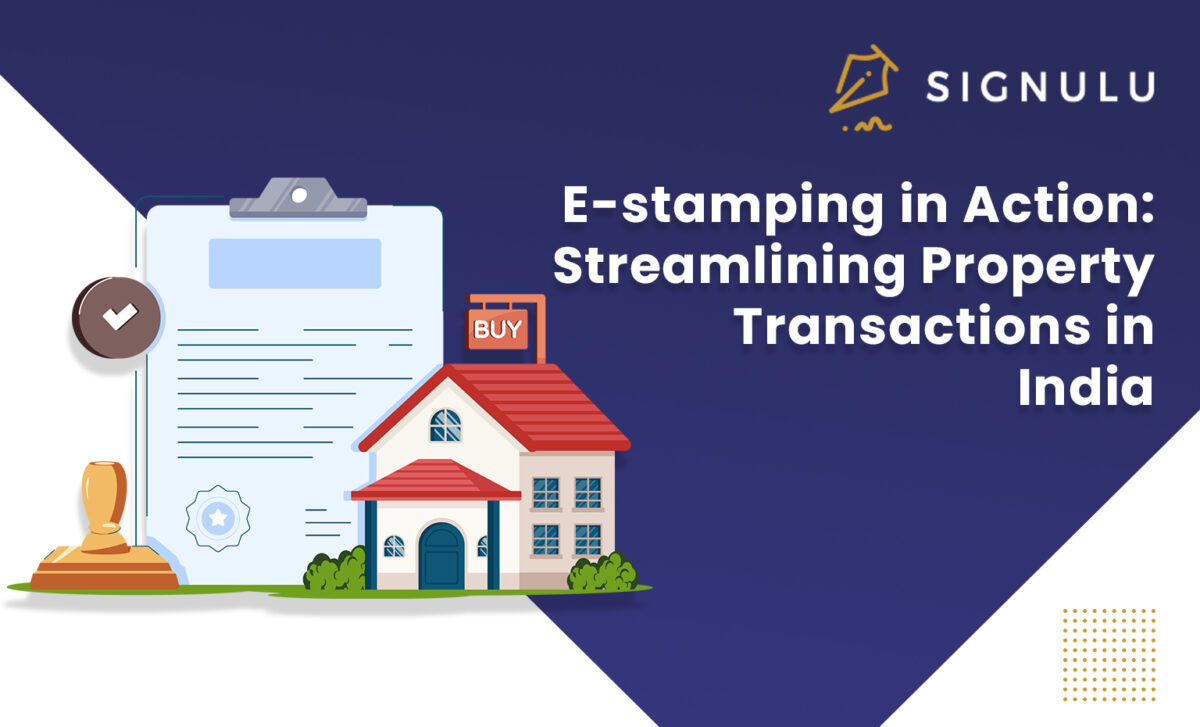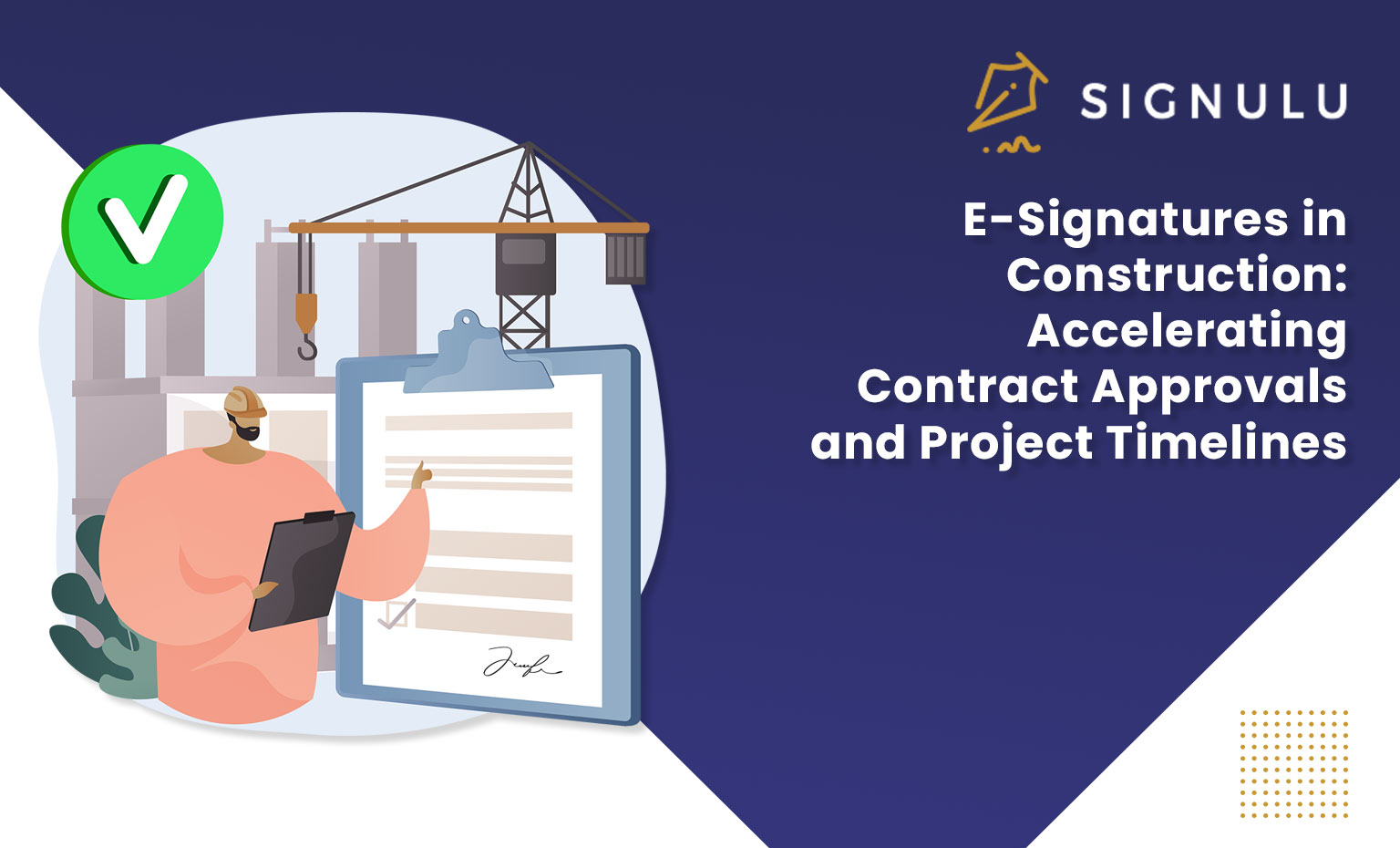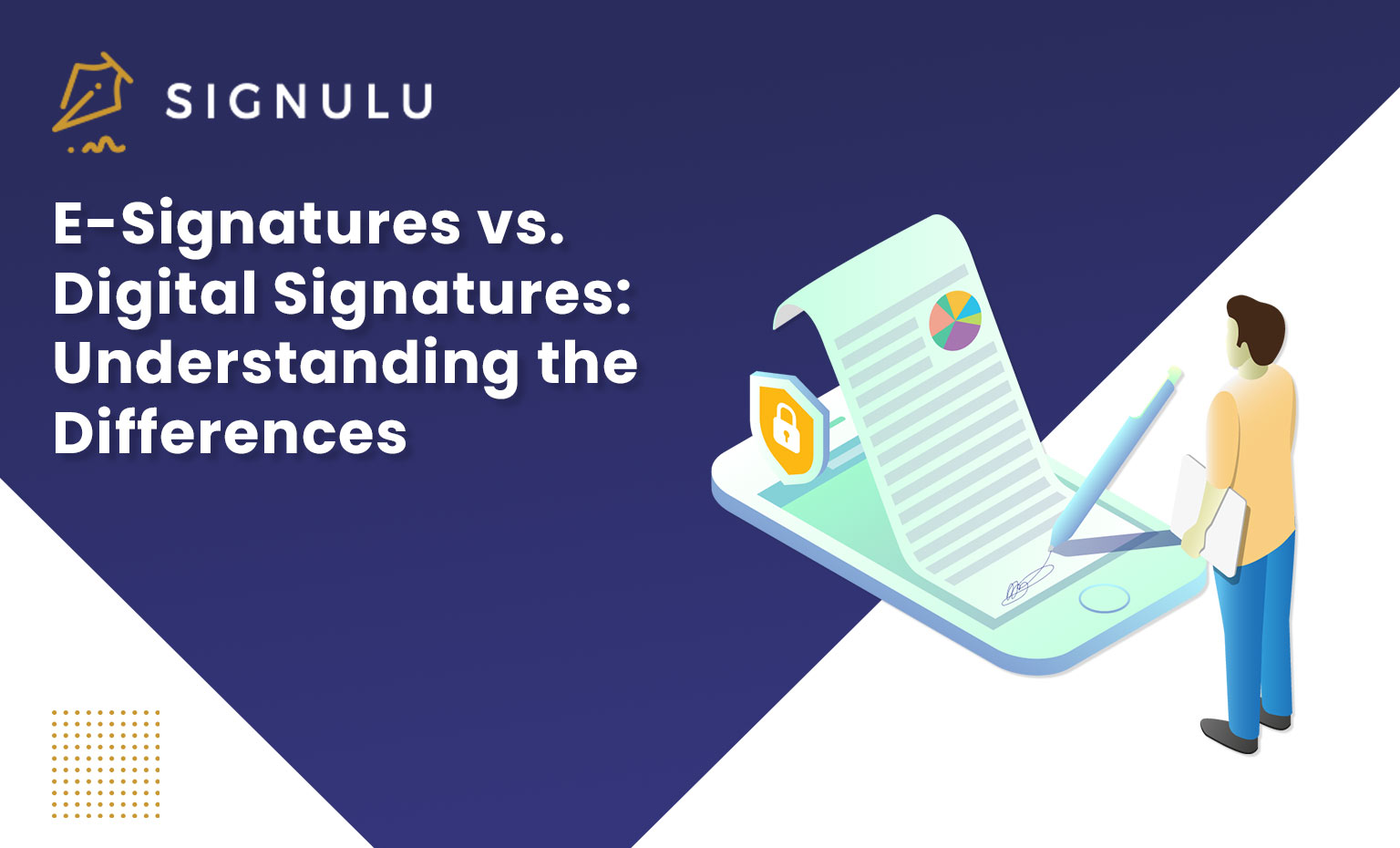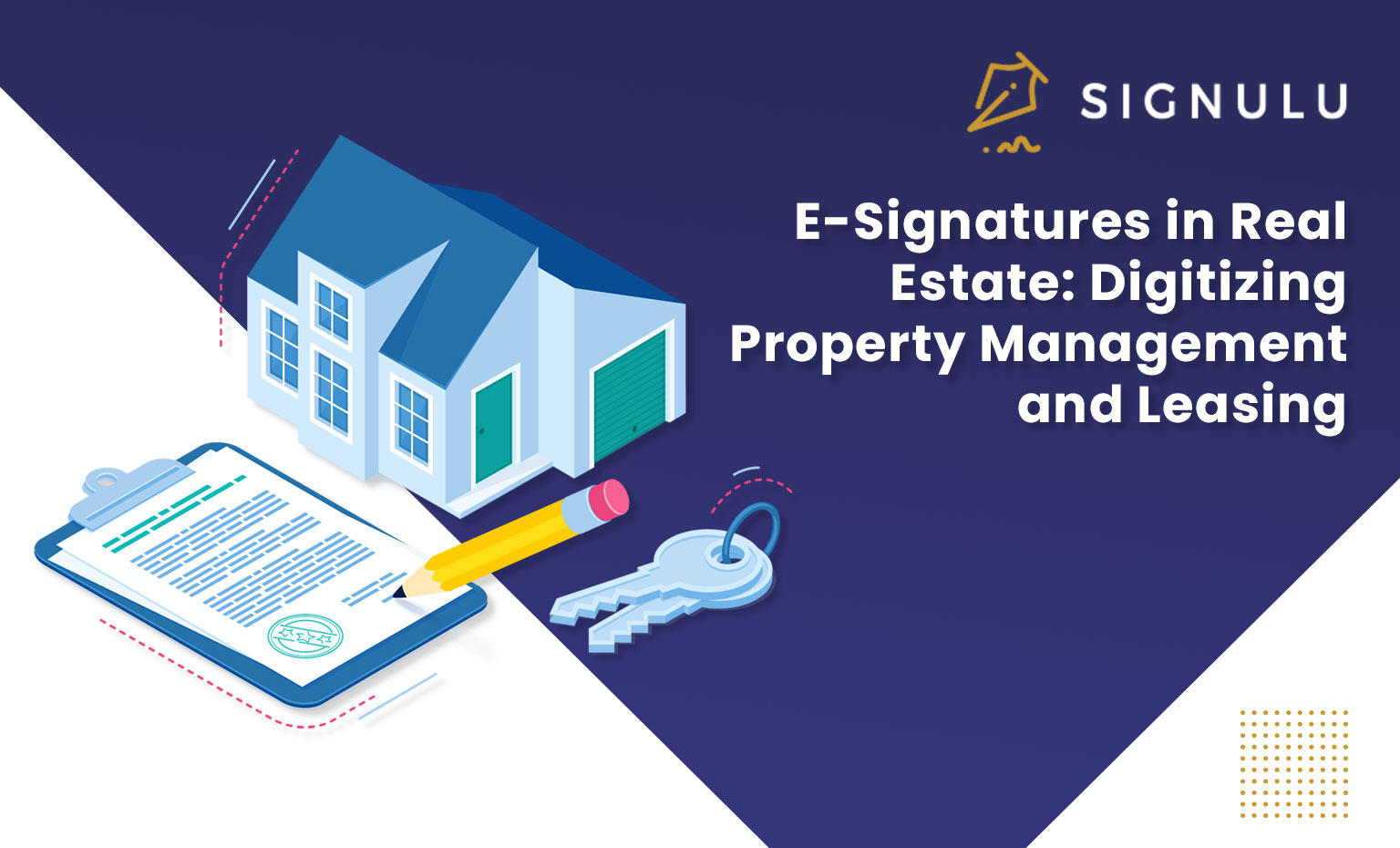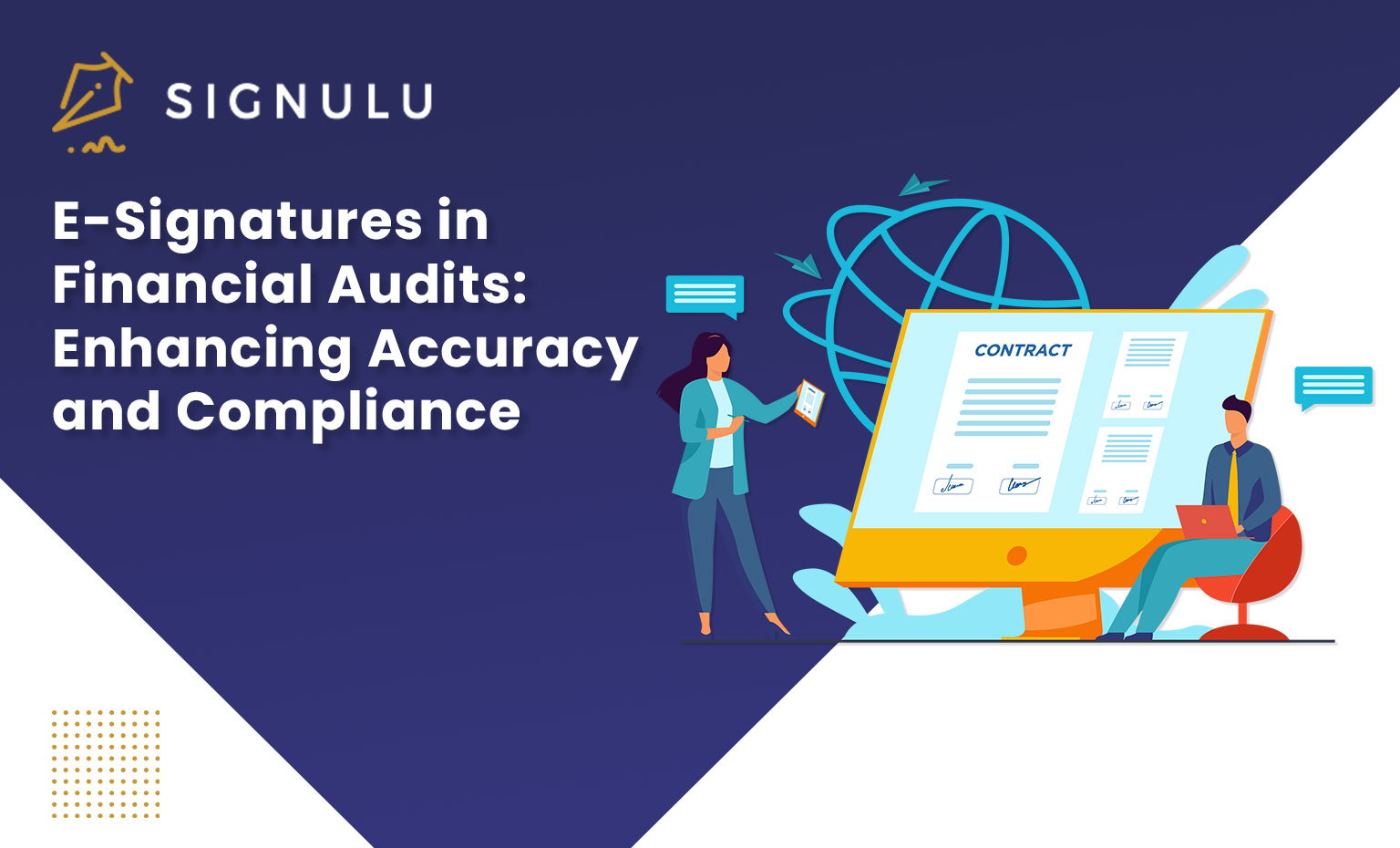Suresh, a businessman in Hyderabad, was in the process of purchasing a property. He was no stranger to property deals but was familiar with only the traditional stamping method involving physical stamp papers. The process was typically time-consuming, cumbersome and he always had concerns about the possibility of errors and counterfeits in physical stamp papers. However, this time, he was introduced to the concept of e-stamping.
How E-Stamping Helped:
Instead of following the usual approach of obtaining physical stamp papers and waiting for them to be processed, Suresh opted for e-stamping. The procedure allowed him to apply and receive his digital stamp paper within minutes. This change not only saved him a significant amount of time but also increased the overall efficiency of his transaction.
Moreover, each e-stamp came with a unique identification number (UIN), providing Suresh with an added layer of security. This number guaranteed the authenticity of his e-stamp, safeguarding him from potential frauds and tampering which were common with physical stamp papers.
One of the standout features of e-stamping that appealed to Suresh was the system’s verification module. It allowed him to confirm the genuineness of his e-stamp certificate, further enhancing the security of his transaction.
Another benefit that Suresh appreciated was the flexibility offered by e-stamping. Unlike traditional stamp papers that required specific denominations, e-stamping allowed him to pay any amount, making the process even more user-friendly and convenient for him.
In conclusion, the e-stamping process significantly streamlined Suresh’s property purchase. It provided him with a faster, more secure, and flexible method of paying stamp duty and registration charges. As Suresh continues to expand his business ventures, he now advocates for the use of e-stamping in all property transactions, recognizing it as a crucial step forward in simplifying administrative tasks and increasing accessibility to digital services.

